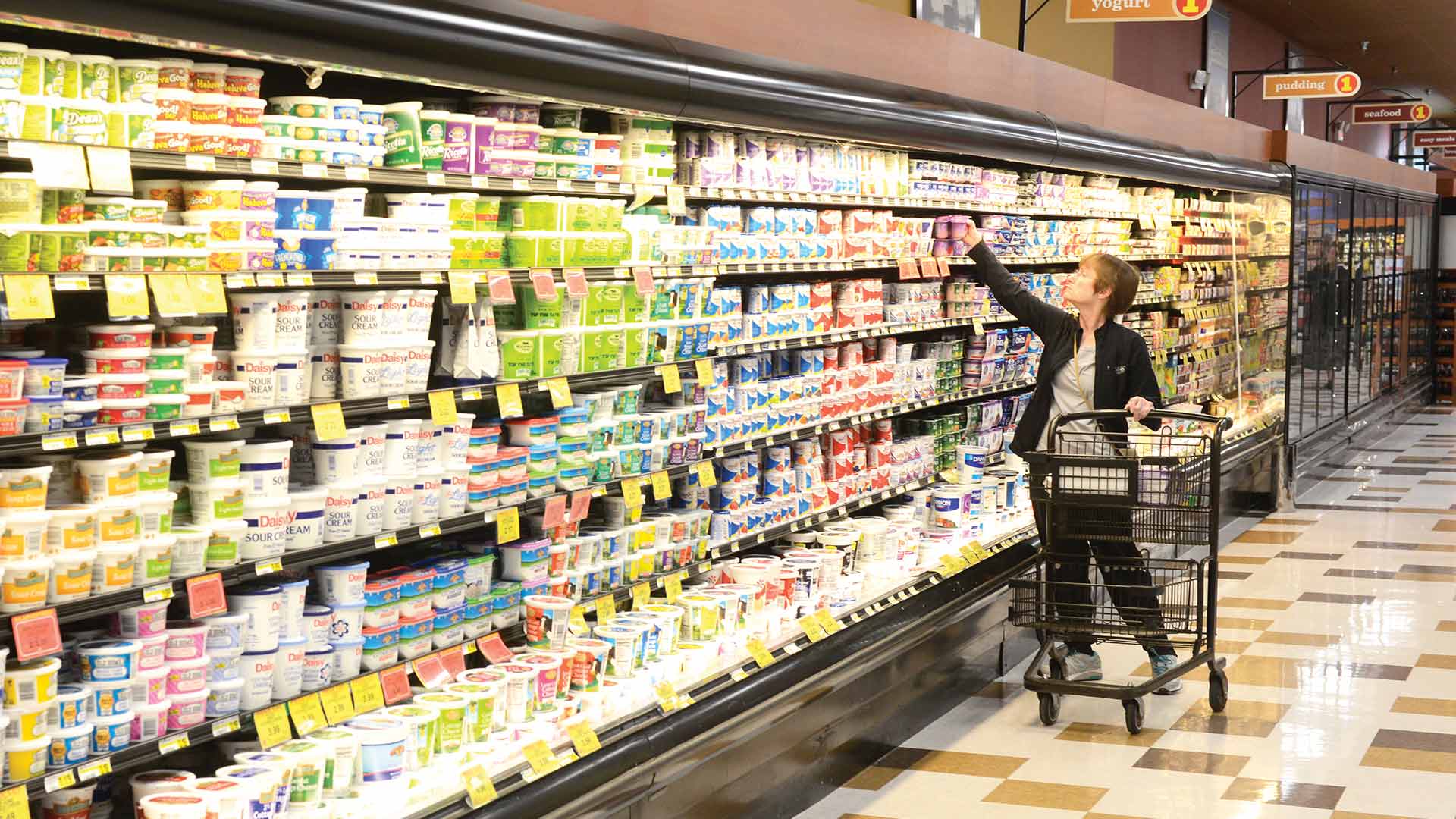BY Dan Lemke
When producing food items, being clean is a very good thing. These days, though, being clean goes beyond sanitation. It also applies to food labels.
Today, there is no clear regulatory description defining a clean label. However, consumer preference is pushing food manufacturers to make products that are minimally processed and/or contain fewer artificial ingredients.
“Typically we are talking about reducing synthetic preservatives, or artificial colors and flavorings,” says Carissa Nath, AURI meats scientist. “We see more consumers interested in knowing what’s in their food and why those ingredients are in there. They want more natural ingredients or minimally processed products.”
“Many consumers have the perception that if they can’t pronounce it, they don’t want it,” adds AURI Project Development Director Harold Stanislawski. “Rather than an ingredient with a scientific-sounding name, they’d rather have their food contain things like plum juice.”
The clean label movement has been around for years, growing from a trend to a mainstream concept. Data from global research firm Mintel shows that as far back as 2013, 35 percent of new food product launches targeted clean labels. The market shares of clean label products has increased globally in the last decade, as it has locally.
Minnesota entrepreneurs and small businesses are aware of the phenomenon and often work to position themselves to take advantage. Because the field can be crowded and the competition fierce, food businesses are always on the lookout for new ways to differentiate themselves.
“The clean labeling discussion always comes up as one of the top four items when talking about food products,” Stanislawski says. “Right up there with regulations, codes and formulations is labeling. Clients want to know how they can make a product that’s as natural as possible.”
“The Schwan Food Company made a commitment to eliminate unfamiliar ingredients and provide an experience consumers increasingly demand. As a leader within frozen foods, the goal is to offer quality foods with ingredients found in your own kitchen,” said Julie Simonson, vice president of research and development at The Schwan Food Company. “As a result, Schwan eliminated partially hydrogenated oils and artificial food dyes from all food made by its manufacturing subsidiary. Over the next two years, high fructose corn syrup and artificial flavors will also be removed.”
The desire for shorter, more plainly understood labels is consumer driven and cuts across nearly all food product sectors. Nath says dairy, beverage and meat processors are adopting the practice. Many baked goods, including shelf-stable crackers, now contain the simpler ingredients customers want.
This push for fewer and more natural ingredients leads to some trials in product formulation. “The industry stepped up because that’s where many consumers want to see us go, but it’s been a challenge because the synthetic ingredients were in those products for a reason,” says Nath.
Many food ingredients bring more than one attribute to the mix. Salt, for example, helps with both preservation and flavor. Finding one alternative ingredient that replaces all the attributes of a single undesirable ingredient, like salt or a synthetic ingredient, can be an issue. However, if you know where to look, Nath says there are some options. Plum powder can be utilized in processed meat products to increase water holding capacity and it also serves as an antioxidant.
“There has been a lot of research on alternative ingredients,” Nath adds. “The challenge is knowing where to look and having the networks and knowledge to know what will work.” To learn more about this subject from an industry thought leader, AURI suggests reading the article by Julie Simonson PhD in the April 2016 issue of Ag Innovation News. There she discusses what The Schwan Food Company is doing in the realm of clean labeling.
